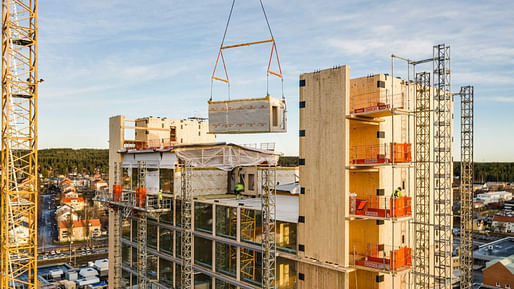

The U.S. Department of Energy (DOE) has awarded $39 million to 18 projects dedicated to developing technologies that can transform buildings into net carbon storage structures.
The initiative titled the Harnessing Emissions into Structures Taking Inputs from the Atmosphere (HESTIA) program is being led by the Department of Energy’s (DOE) Advanced Research Projects Agency-Energy (ARPA-E).
The awardees will use the funding to develop alternative building materials and construction techniques. The decarbonization goals for the program align with President Biden’s plan to reach zero emissions by 2050, aiming to increase the total amount of carbon stored in buildings to create carbon sinks.
“This is a unique opportunity for researchers to advance clean energy materials to tackle one of the hardest to decarbonize sectors that is responsible for roughly 10% of total annual emissions in the United States,” U.S. Secretary of Energy Jennifer M. Granholm remarked on the initiative.
The field of awardees represents universities, private companies, and national laboratories, including the University of Pennsylvania, which will design a carbon-negative, medium-size building by using a carbon-absorbing concrete mixture as a building material. Others include the National Renewable Energy Laboratory, the University of Colorado at Boulder, and Purdue University, and Texas A&M University's 3D-printed hempcrete research project, which we covered recently.
The complete list of HESTIA projects can be found here.
Are you sure you want to block this user and hide all related comments throughout the site?
No Comments
Archinect
This is your first comment on Archinect. Your comment will be visible once approved.